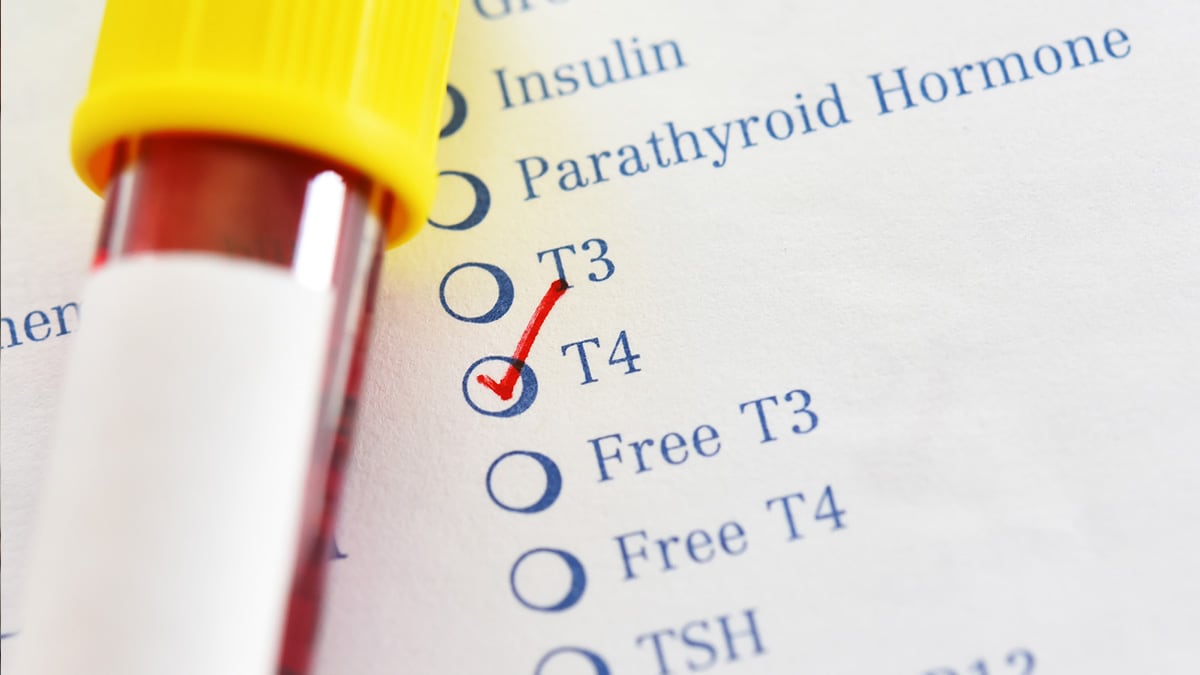At a glance
Hormones are chemical messengers produced by glands. They regulate many functions as part of the body's endocrine system. Hormone disorders occur when a gland produces too much or too little of a hormone. Hormone disorders can be caused by many things, including being exposed to certain chemicals in the environment.

We Track That
Tracking hormone levels in populations provides information on trends and changes in these levels over time. This information may help identify potential causes for hormone level changes in populations. This could include exposure to environmental chemicals that can affect the endocrine system. Some of the endocrine disrupting chemicals found in the environment include certain pesticides, and industrial chemicals. Examples include perchlorate, polychlorinated biphenyls (PCBs) and perfluoroalkyl substances (PFAS).
Types of Data
The Tracking Network includes data on thyroid hormone function. These data come from CDC's National Health and Nutrition Examination Survey (NHANES). NHANES is an ongoing, complex survey of people who are typical examples of the U.S population. It collects different types of information to provide an assessment of the population's overall health and nutrition. The data are available for the United States as a whole, not by county, state, or region.
This indicator shows concentrations of different thyroid hormones in blood, including thyroxine (T4), triiodothyronine (T3), and thyroid stimulating hormone (TSH). This indicator also shows concentrations of iodine in urine.
Notes about the Data
NHANES does not measure thyroid hormones in children younger than 12 years. Therefore, these measures cannot be used to provide population reference levels or trends over time for this age group.
The measures cannot be used to provide population reference levels or trends over time for thyroid hormones or urinary iodine in pregnant women. This is because not enough pregnant women were sampled to produce population-based estimates for this group.
Access the Data
Use the Data Explorer to create custom maps, tables, and charts.
View data in simple Quick Reports.
Get machine-readable data from the Application Program Interface (API).
Data in Action
Tracking Network data on thyroid hormone function can be used to produce the following.
- Reference levels of thyroid hormone levels in the US population
- Trends over time of thyroid hormone levels in the US population
- Information on adequacy of iodine levels in US population and
- Intervention planning for iodine inadequacy (e.g., iodine supplements)
- Trends of urinary iodine levels over time in the US populations
Learn More
Endocrine Disruptors (NIH)
Polychlorinated Biphenyls (PCBs)
Hyperthyroidism (NIH)
Hypothyroidism (NIH)
